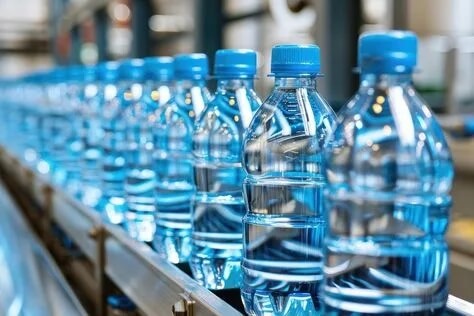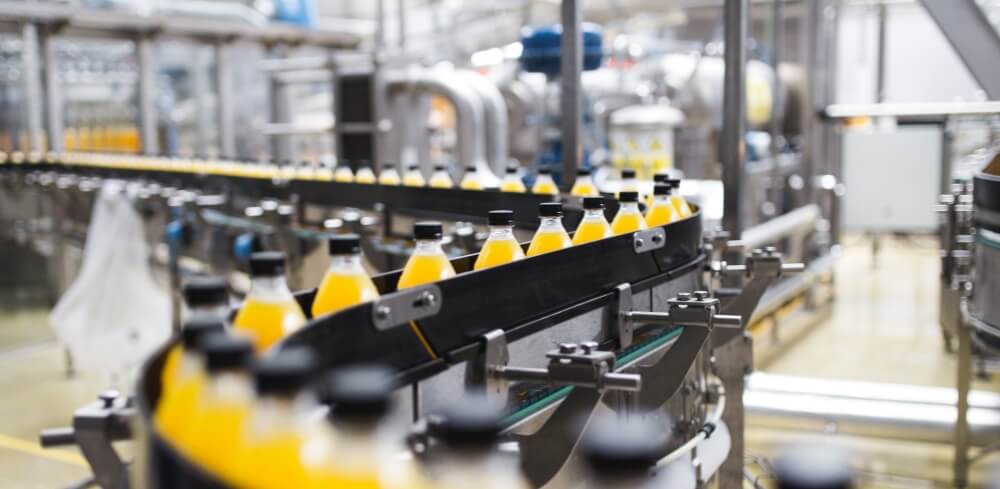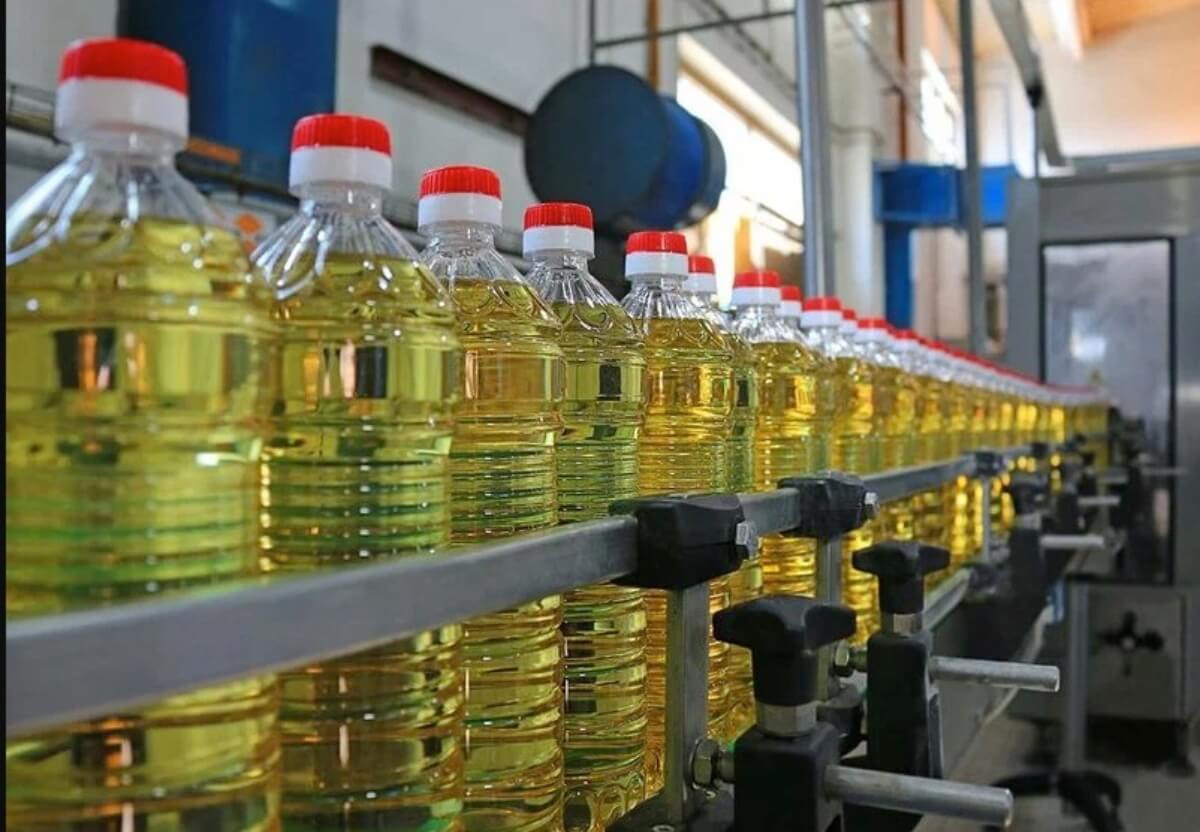The 500ml bottle has become the global standard in the beverage industry, widely used for water, carbonated soft drinks, juices, milk, functional beverages, and even edible oil. Choosing the right bottle material is not just a matter of packaging—it directly affects:
-
Packaging cost – lightweight bottles can reduce resin usage and save millions annually.
-
Shelf life – oxygen and light sensitivity in juices and dairy require barrier or opaque materials.
-
Filling efficiency – bottles must withstand pressure, heat, and high-speed production lines.
-
Transport stability – different climates and logistics conditions demand tailored designs.
The selection of bottle material, preform weight, blow molding process, and filling machine determines whether a product succeeds in the market or suffers from costly failures such as collapsed bottles, leakage, or reduced shelf life.
This guide compares PET, HDPE, EVOH multilayer, and white PET bottles across different beverage types, explains their strengths and weaknesses, and provides professional recommendations for manufacturers planning new beverage lines or upgrading existing ones.

Part 1. Bottle Material Selection Logic
In beverage packaging, bottle material is not just about appearance or cost—it’s tightly linked to transport conditions, product stability, and market positioning.
| Material | Key Features | Typical Applications | Process Adaptation | Market Trends / Use Cases |
|---|---|---|---|---|
| PET | High clarity, lightweight, fast molding | Water, soda, juice, edible oil | Stretch blow molding + ambient/heat/iso-baric filling | dominant in global beverage packaging, thanks to high clarity, lightweight, and fast molding |
| HDPE | Impact-resistant, opaque, heat-stable | Milk (cold chain), edible oil (transport markets) | Extrusion blow molding + cold/flowmeter filling | Popular in Africa & Middle East; stronger, impact-resistant, opaque—ideal for milk or harsh transport |
| PET+EVOH multilayer | High barrier, anti-oxidation | Juice, dairy exports | Heat fill / aseptic filling | adds oxygen barrier, extends shelf life by 30–50%, but at higher cost. |
| White PET | Light-blocking, premium look | High-end dairy (ambient milk) | Blow molding with TiO₂ masterbatch + aseptic filling | blocks light, looks premium, widely used in high-end dairy |
💡 Industry Insight: In hot-climate regions like Africa or Southeast Asia, some factories push PET weight down to 11g for 500ml bottles. While this saves cost, bottles often collapse during transport. Smart buyers keep at least 14g for export to hot countries.

Part 2. 500ml Solutions for Different Beverages
| Beverage Type | Recommended Material | Preform Weight (Typical) | Blow Molding | Filling Machine | Expert Insights |
|---|---|---|---|---|---|
| Water | PET | 13–16g | High-speed linear; reinforced base ribs | Ambient iso-baric / blow-fill-cap monoblock | Export to hot regions: keep ≥14g to prevent deformation |
| Juice | Heat-resistant PET / PET+EVOH | 20–27g | Mold cooling ≤7℃, thickened neck finish | Hot fill (65–85℃), high-temp CIP valves | Export requires barrier bottles; local markets can use heat-resistant PET to save cost |
| Milk / Dairy | HDPE (cold chain) / White PET (ambient) | 18–25g | HDPE extrusion or PET blow molding (with light-blocking additive) | Cold chain milk → ultra-clean cold filling; ambient → aseptic filling | HDPE naturally opaque and ideal for cold logistics; white PET looks premium and extends shelf life |
| Carbonated Drinks | Thick-wall PET | 23–25g | Pressure-resistant blow molding (petaloid base, ≥0.6MPa) with reinforced neck | Iso-baric filler + CO₂ mixer | Base design is key to pressure resistance; cooling uniformity prevents bottle bursts |
| Edible Oil | PET (premium) / HDPE (transport markets) | 20–25g | PET medium-speed SBM / HDPE extrusion | Flowmeter filler (±0.5% accuracy) | Europe prefers transparent PET; Africa/Middle East prefer HDPE for drop resistance |
💡 Industry Case Notes:
-
Juice hot-fill: If the neck is too thin, caps deform under heat. Leading brands add an extra “support ring” near the neck.
-
Carbonated PET burst failures: 80% are due to uneven mold cooling. Keeping water temp around 10℃ and ensuring even flow to base & neck is critical.
-
Edible oil filling: Using gravity or timed filling instead of flowmeters often leads to big volume variations, causing customer complaints or rejection in Europe.

Part 3. Conclusions & Buying Recommendations
1. Material Choice = Market Positioning
-
Water & soda → PET, lightweight focus.
-
Juice & dairy export → Barrier bottles (PET+EVOH).
-
Edible oil → PET for premium, HDPE for rugged markets.
2. Preform Weight = Major Cost Driver
-
A 1g difference = 100 tons of PET annually (for 100M bottles).
-
Large bottlers invest in lightweighting R&D every 2–3 years.
3. Bottle Design Must Match Filling Tech
-
Water & soda → blow-fill-cap monoblocks reduce contamination.
-
Juice & dairy → aseptic / hot fill to protect nutrition.
-
Edible oil → flowmeter filling is essential for precision.
4. Procurement Advice
-
Blow molding machines: choose multi-cavity, compatible molds for future bottle shapes.
-
Filling lines: plan for product expansion in the next 3–5 years (e.g., from water to juice).
-
Preform suppliers: stick to stable producers to avoid raw material fluctuations.
✅ With this guide, you can map beverage type → material → blow molding → filling in one place, saving time and avoiding costly mistakes.
